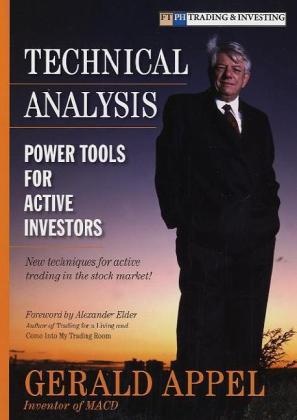Read more
Foreword. Acknowledgments. Introduction. The No-Frills Investment Strategy. Picking the Right Investment Vehicles. Risk: Reward Comparisons Between More Volatile and Less Volatile Equity Mutual Fund Portfolios Gain/Pain Ratios Drawdown: The Measure of Ultimate Risk The End Result: Less Is More Changing Your Bets While the Race Is Still Underway Relative Strength Investing Testing the Relative Strength Investment Strategy: A 14-Year Performance Record of Relative Strength Investing Results of Quarterly Reranking and Quarterly Rebalancing (1990-2003) Buy-and-Hold Results: The Standard & Poor's 500 Benchmark Increasing the Risk: Maintaining a Portfolio of Somewhat More Aggressive Mutual Funds Observations Upping the Ante: The Effects of Applying the Concepts of Relative Strength Selection to a Still More Volatile Portfolio of Mutual Funds General Observations A Quick Review of Relative Strength Investing Summing Up Two Quick-and-Dirty Stock Market Mood Indicators. Identifying High- and Low-Risk Investment Climates The Nasdaq/New York Stock Exchange Index Relative Strength Indicator The Maintenance and Interpretation of the Nasdaq/NYSE Index Relative Strength Indicator Observations Measuring the Market Mood with the Intermediate Monetary Filter The Monetary Model The Ingredients The Calculation and Rules of the Intermediate Monetary Filter Observations Combining the Two Indicators Point and Counterpoint Observations A Final Long-Term Statistic Summing Up Moving Averages and Rates of Change: Tracking Trend and Momentum. The Purpose of Moving Averages The Intermediate-Term Moving Average The Long-Term 200-Day Moving Average Using Weekly-Based Longer-Term Moving Averages Moving Averages and Very Long-Term Moving Averages Moving Averages: Myths and Misconceptions Using Moving Averages to Identify the Four Stages of the Market Cycle Stage 1 Patterns of Moving Averages During Stage 1 Stage 2 Patterns of Moving Averages During Stage 2 Advances Stage 3 Patterns of Moving Averages During Stage 3 Distribution Periods Stage 4 The Rate of Change Indicator: How to Measure and Analyze the Momentum of the Stock Market The Concept and Maintenance of the Rate of Change Indicator Constructing Rate of Change Measurements Bull Market and Bear Market Rate of Change Patterns Adjusting Overbought and Oversold Rate of Change Levels for Market Trend Looking Deeper into Levels of the Rate of Change Indicator ...

